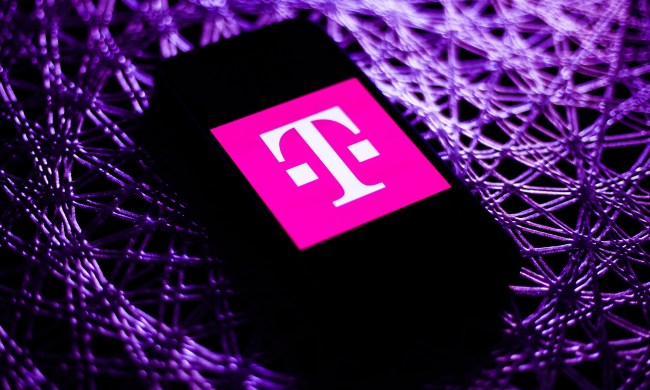
Here’s how the changes break down: the carrier’s 1GB, $40 a month plan is increasing by two gigabytes to 3GB; the previously 3GB, $50 plan now offers 5GB; and the top-tier 5GB, $60 plan is doubling to 10GB. Not bad.
Related Offer: Shop T-Mobile Prepaid Plans
As was true previously, those allowances denote only high-speed data; exceeding a prepaid allowance won’t kick you off the network, but will relegate you to unlimited data at 3G speeds. Each plan features unlimited talk and text, plus T-Mobile’s Music Unlimited benefit — music streamed via participating services doesn’t count against your data cap. The carrier’s Binge On is a part of these packages, as well — video streaming at standard definition (480p) is “free,” according to T-Mobile — but its implementation is contentious, to say the least.
Controversy aside, T-Mobile’s prepaid plans remain some of the best around. For the sake of comparison, Sprint’s offerings start at 1GB for $35 on the low end and up to 6GB for $55 at the very highest. 2GB on AT&T is $45 a month, and Verizon offers less for more — 1GB for $45 a month.
It’s not entirely surprising, then, that T-Mobile had a strong year. Ahead of the carrier’s formal earnings Q&A in February, T-Mobile reports that it added 2.1 million customers in Q4 2015, 469,000 of whom were prepaid. The company said that it managed to rack up 8.3 million new customers for the full year — around the same number it added in the prior year, incidentally — and now stands at more than 63 million total customers. Another impressive stat? T-Mobile added nearly one million square miles of new LTE coverage in 2015.
If any of the beefed-up plans sounds intriguing, now’s certainly not a bad time to jump on board.
